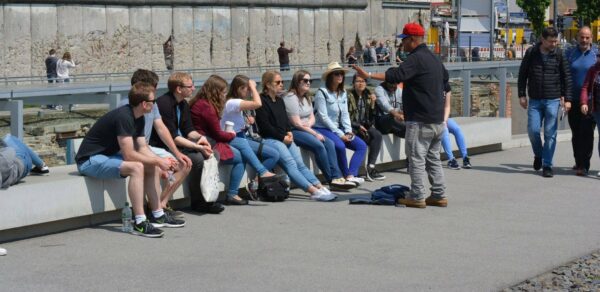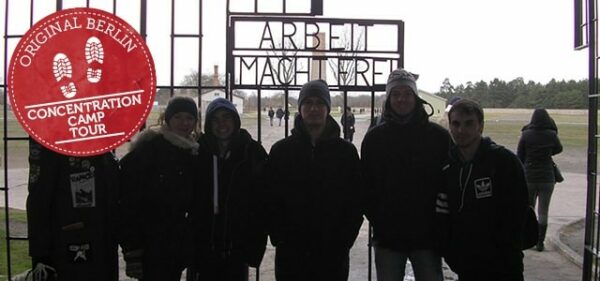The conflict in question refers to the actual physical division of Germany, which the Soviet Union erected in 1961 through the form of the ‘wall’ that split East and West Berlin. Let us now take a look at the positive purpose behind the Soviets constructing the wall and the decision that was mistakenly linked with the division of Germany.
The Context: Cold War Tensions
Following the end of the Second World War the country was divided into four zones of occupation administered by the Americans, the Soviet Union, France and Britain. Berlin lying as it did in the Soviet zone was also partitioned into four zones, although it was located a considerable depth in the Soviet area.
Now there were unveiled ideological contrasts and remained clashes of interests between the Soviet Union and the powers of the West. The crisis unfolded and the city of Berlin attracted conflict between communism and capitalism during the cold war.
Why Berlin Wall Was Built
1. Political Motives
The main reason for putting up the Berlin Wall was to stop people in the East Germany which was under Soviet Union rule from responding from West Germany which was under the western powers. The Soviet planned that by physically barring the talented and skilled workers, intellectuals, and any other professionals from migrating out of their country they would be able to save their communistic system.
2. Ideological Warfare
The Berlin Wall also was acting as a proof of the existence of the iron curtain – the barrier dividing the socialist East from the liberal West. The Soviet Union planned to reaffirm the divide because it wanted to strengthen socialism to decrease the influence of democracy stemmed from the West.
3. Economic Considerations
Pillar 2 of the RRR model depicting that due to migration of a huge population from east to west Germany it created economic problems for the soviet union. They believed that it has disastrous effects on their economic development and inability to sustain the socialist economy they so desired.
Public Perception and Impact
As for the construction of the Berlin Wall, the world came out with different sentiments. The Soviet Union justified it as the way to shield the socialist system from influence from other system particularly the capitalist, and although well received in Europe was widely condemned in the West.
In East Germany the government and the USSR sold it as an “Anti-Fascist Protection Rampart to help defend against the so called fascist threat from the West in order to sustain their power. But the fact was that: it enslave East Germans and brought many sad stories, even death for those who tried to cross the border.
End of the Berlin Wall
The attitude to the Berlin Wall shifted in Cold War’s later stages, or in the late 1980s when Soviet leader Mikhail Gorbachev started liberalization. There was pressure on the Eastern Bloc nations for change politically, and calls to be free were made culminating in riots.
Finally on November 9, 1989 the East Germany government made an important statement saying that people were free to move from East to West. This symbolic event was the first step towards the dismantling of the wall and, thence, the lessening of Soviet control in Eastern Europe.
Conclusion
In this respect the Berlin Wall became a physical symbol of the Soviet policy to stem the tide of people, ideas and resources east and west. Despite having political, ideological and economical reasons for its construction the KGB under the veil of Soviet Union undertook this project and brought immense suffering to humans and is a symbol of oppression today.
The process of dismantling the Berlin Wall symbolized the appetite for freedom alongside other people, the strength of the union of the states and the weakness of the Department of the Soviet Union. At present, the concrete pillars of the Berlin Wall are a symbol of a once divided and a message for the world of the need for integration and collaboration between countries.
Table of Contents







